The Directorate General of Civil Aviation (DGCA) has issued new norms for duty timings of air traffic controllers, rejecting a proposal of the Airports Authority of India (AAI) to provide relaxation for airports with fewer flights to enable it to overcome a manpower shortage.
Though a version of these norms was first notified in November 2020, the AAI found it difficult to comply with it as it needed more personnel to provide the mandatory rest period. It has since then sought exemptions five times and had also proposed differentiated duty timings for four categories of airports based on air traffic handled — major airports or those with more than 400 flights a day and airports with up to 100 flights, 30 flights and 10 flights a day.
ALSO READ - Air traffic controllers to strictly work in shifts to avoid fatigue at work
DGCA sets new norms for duty timings of air traffic controllers
The DGCA rules for “watch duty time limitations and rest requirements” for controllers notified on January 11 say that the duty period of an air traffic controller cannot exceed 12 hours. A controller can only be assigned the duty of no more than 48 hours within seven days, or not exceeding 180 hours in 30 days. The aviation regulator also says a controller requires 12 hours of rest between the end of one duty period and another. A controller cannot be rostered for more than six consecutive days.
ALSO READ - Shortage of Air Traffic Controllers widens
He or she also must get a 30-minute break every two hours, and at airports where the workload is less than half the capacity of the airport, can get a break once in four hours on a pro-rata basis — 45 minutes after three hours or 60 minutes after four hours.
While the duty hours have remained broadly unchanged since the 2020 norms, the DGCA has strengthened its rules to ensure compliance.
There are 3,871 air traffic control personnel, the same as the sanctioned posts.
For the first time, the DGCA has defined the role of the Air Traffic Service in charge in ensuring implementation such as publishing a roster five days in advance to provide the controllers with the opportunity to plan rest, and that they do not perform administrative duties beyond the duty period.
The AAI will also have to develop and maintain a fatigue management policy and provide separate facilities for male and female staff to rest. It will also have to ensure compliance with duty timings. The DGCA rules also lay the onus on the controllers not to perform any safety-relevant tasks when they know they are tired or unfit. But the AAI’s inability to hasten recruitment to meet requirements for more personnel may continue to be a roadblock in ensuring these rules are implemented.
“The AAI Board in May 2022 approved the creation of 456 posts, but they are yet to be okayed by the Department of Public Enterprises of the Finance Ministry. A recruitee takes two years to be trained as a controller and at this rate, they may not be ready before 2025 but there is an urgent need for more manpower as we are going to see nearly 20 more airports become operational by 2024.”
Alok Yadav, General Secretary, Air Traffic Controllers’ Guild
There are 3,871 air traffic control personnel, the same as the sanctioned posts. But the AAI has projected a demand for 5,131 in 2023 and 5,428 in 2024 to comply with DGCA norms.
(With Inputs from The Hindu)
Read next
In the coming days, passengers flying within the EU will be able to fully use their mobile devices since the European Commission recently mandated that airlines have until June 30, 2023 to install the essential 5G technology.
This ruling has been a long time coming, we have been waiting for this for 20 years. Some people had some concerns about safety, but all the systems on aircraft have shielding and special designs that ensure that no interference from onboard smartphones can happen- Vance Hilderman, aviation expert and CEO of airline consulting firm AFuzion, told The Brussels Times
Why are passengers required to turn on airplane mode when flying?
Currently, EU airlines ask their customers to switch off their phones or put them in flight mode throughout the trip. This is due to the lack of knowledge regarding how mobile data can impair flight communications in the past.
Representative | Source
There was a concern they could interfere with automatic flight control systems. What has been found with experience is the risk of interference is very small- Dai Whittingham, chief executive of the UK Flight Safety Committee
Concerns about how 5G frequencies can impair flying systems and even change altitude measurements have been voiced in the US. However, the UK and EU do not have a problem with this. Whittingham said.
Also, according to Hilderman, the airline safety authorities wanted the passengers to pay attention to the safety briefing and listen to any announcements during takeoff and climb, so they devised the rule requiring people to put their phones in airplane mode.
The American vs the European scenario
Due to the fact that 5G technology uses slightly different bands in the EU than it does in the US—in the US, the 5G band sits just a little higher than in Europe—the circumstances in the US and Europe are slightly different. This causes it to jog up somewhat closer to the radio altimeter band, which is crucial for landings in inclement weather since it calculates how far an airplane is traveling above the ground at any particular time.
Representative | Euronews
" European airspace is very different from US airspace: in Europe, you are crossing a country every 30 minutes. There are many different cultures, but the Schengen area is generally still a more homogenous society – even though Italians and Swedes are not exactly the same "- Hilderman
When will the next big move be in the EU?
The deadline for member states to install 5G technology on aircraft is June 30, 2023. As a result, travelers will be able to use applications, make calls, and stream music and films while in the air.
Representative | Fl360aero
" 5G will enable innovative services for people and growth opportunities for European companies. The sky is no longer a limit when it comes to possibilities offered by super-fast, high-capacity connectivity "- Thierry Breton, EU Commissioner for the Internal Market
Representative | Crast
The narrative is, if smartphones could be safe at gas stations, they should practically be safe anywhere else.
SOURCE: brusselstimes.com | euronews.com
COVER: Travel Off Path
Read next
Vistara CEO on fleet size, aircraft orders, delays and international expansion
Radhika Bansal
25 Jan 2023
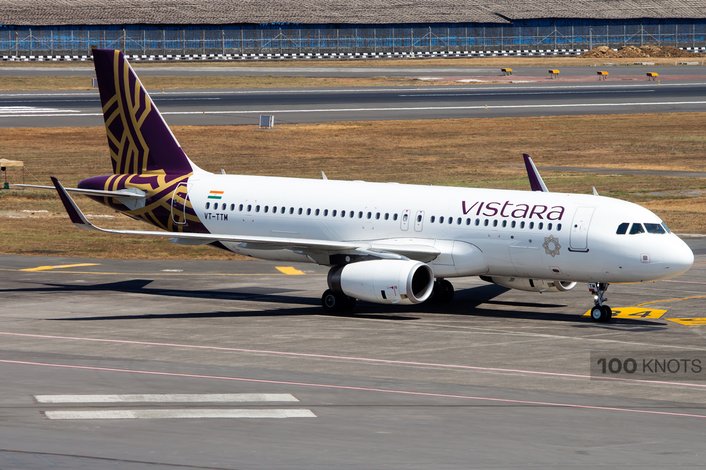
Vistara will continue to expand and expects to have a total of 70 planes by mid-2024, its chief Vinod Kannan said on Tuesday, January 24. The airline, a joint venture between Tata Sons and Singapore Airlines, reported an operating profit for the first time since its inception in the three months that ended December 2022.
"The percentage of capacity deployed internationally has increased. We have 25-30% deployed internationally… That is quite positive and a game changer for us," Kannan said at a briefing.
Vistara is set to be merged with Air India. By the middle of next year, Kannan said it will have a total of 70 aircraft, including 7 Boeing 787s. Out of the total 70 planes, there will also be 10 A321s and 53 A320 neos, the Vistara CEO said at a briefing. Among the 53 A320 neos, 10 planes will have all economy classes and the rest will have three classes. Currently, the airline has a fleet of 53 aircraft.
"We will continue to expand… more international routes (will be added)," Kannan said. According to him, there are constraints in terms of traffic rights and slots. "We would love to operate more flights to Dubai, Singapore but those are all constrained by traffic rights. We had to look at other options… we will be looking at more points in the Middle East," he added.
Regarding the performance in the December quarter, Kannan said the operating environment for the last year itself and the last quarter has been quite strong when it comes to demand and average fare perspective. Also, the deployment of wide-body aircraft helped the airline.
"It was one of the strongest quarters (December quarter) we had from the revenue perspective, if you look at the overall revenue or whether you will look at from unit revenue. Strong demand which resulted in high load factor and that demand was not turned away due to high fares, (so), we were able to get a very strong revenue performance. The second aspect is that the US dollar and fuel prices have been on an increasing trend… We have some sort of scale, we have 53 aircraft. So, unit cost and deployment do reduce to a certain extent.
There is also the impact of the deployment of wide-body aircraft and currently Vistara has three such planes in its fleet. They have been doing extremely well and the demand in Europe has been strong. Flights have been flying with load factors of more than 85-90%. Therefore, that plays a positive role in the performance of the airline."
Vinod Kannan, CEO, Vistara
Deepak Rajawat, the COO of Vistara, added that in the past year, the airline has added 30 new routes and seven destinations. “We have reworked our network, and created a second hub from Bombay, which has boosted our growth.”
Without disclosing the exact profit figure in the December quarter, the airline on Monday, January 23 said it crossed the USD 1 billion revenue mark and remained EBITDA positive in the current fiscal year. EBITDA refers to Earnings Before Interest, Taxes, Depreciation and Amortisation.
"For the first time since inception, the airline reported a net profit (excluding unrealised foreign currency loss and non-operating income) for the quarter ended December 2022," Vistara said in a release.
Speaking about the current revenue mix, Kannan said that the airline currently generates 70% of its revenues from domestic travel and 30% from international travel. “We are waiting for the deliveries of aircraft because we know our true potential lies in long-haul travel, and that is where we have a competitive edge.”
Vistara halts aircraft orders ahead of merger, eyes international growth
Vistara will not place new plane orders while it awaits regulatory approval to merge with Air India but that will not stop the airline from adding more international routes to boost profits, its chief executive said
The full-service carrier, a joint venture between Singapore Airlines and India's Tata Sons, will receive its pending order for 17 aircraft by the end of 2024, taking its total fleet to 70 planes.
"We have not looked at any orders beyond that. There has been the announcement about the merger and integration with Air India. Once we have approval from the relevant authorities ... we will have to sit down together with Air India as a joint entity to see what we do," he said.
But Vistara's expansion will continue and the airline is "not going to scale back" because of the integration, he added.
Tata said in November it was merging its two full-service carriers - Air India and Vistara - to create a bigger airline to take on local rivals like IndiGo as well as Middle Eastern carriers that dominate outbound traffic from India.
Tata is also expected to announce a new plane order of some 495 aircraft for Air India, Reuters reported, as it looks to revamp the airline under its ownership.
Vistara, which started operations in 2015, recorded its first operational profit in the December quarter helped by strong travel demand and higher fares, despite surging fuel costs and a weak rupee versus the dollar. Kannan hopes to continue the momentum and flying to more international destinations is a key factor.
"International expansion will be a focus going forward. It plays a strong role in the performance of our bottom line," he said, adding the airline was constrained in some markets like Dubai and Singapore due to unavailability of landing slots.
Vistara deploys up to 30% of its capacity on 12 international routes including cities in Europe, the Middle East and Southeast Asia. These routes contribute 30% of its revenue.
The airline has put on the backburner plans to launch flights to the United States due to delays in receiving deliveries of its Boeing 787 widebody planes. It will instead strengthen its presence in Europe where it currently flies with load factors - a measure of how full its planes are - of 85% to 90%, Kannan said.
Vistara shelves plan to fly to US on 787 delivery delays
Vistara has shelved plans to start direct flights to the US following disruptions in deliveries of Boeing Co.’s 787 Dreamliner aircraft.
“We were discussing US at one stage,” Vistara Chief Executive Officer Vinod Kannan said at a virtual press meet Tuesday. “We have had to put that on hold after the fact that 787s are going to be interspersed and not coming in at the same time.”
Vistara, a joint venture between the Tata Group and Singapore Air, is expecting to induct its remaining four Dreamliners by March 2024, he said. While the first of those four jets will be delivered by April, Vistara is waiting for clarity from Boeing on the exact delivery timeline, Kannan said.
Boeing got the green light from US regulators to restart deliveries of 787 jets in August. While the jetliner’s deliveries were largely paused in late 2020 after flaws were discovered, the concerns weren’t viewed as a safety hazard and airlines were allowed to continue operating their existing 787s.
Vistara will rejig its plans to operate routes that require only fewer aircraft such as London, Paris and Frankfurt, he said. The airline will add frequencies and connect those international destinations to other parts of India, perhaps Mumbai, he said.
Operating daily flights from India to the US is “resource consuming” and for Vistara, the staggered deliveries of 787 jets will create a “big gap” in the widebody aircraft it needs to fly to the destination, Kannan said. The airline currently has three 787 aircraft in its fleet and one of them is a used plane that is on lease for three years, he said.
Vistara, which broke even for the first time in the quarter through December, aided by the expansion of its international network, will be merging with Air India Ltd. as Tata plans to revamp its faltering aviation business. Air India’s top advantage among local carriers is that it operates non-stop flights to the US without having to transit in the Middle East.
(With Inputs from PTI, Reuters, Bloomberg)
Read next
L&T Technology Services Limited, a global leading pure-play engineering services company, on January 19 announced that it has been selected as a strategic engineering partner to Airbus for providing Advanced Engineering Capabilities and Digital Manufacturing Services under a multi-year contract.
Under this agreement, LTTS will support Airbus in key verticals and technology areas for its ongoing Commercial and Innovation programs. The development is a major step forward in the long-standing partnership between LTTS and Airbus.
LTTS is a strategic engineering supplier for Airbus globally and its India subsidiary, providing engineering services across verticals like engineering, avionics and digital. The Company is also a part of the industry-leading 'Skywise Partner Program,' and earlier in 2022, was recognized as a Global Strategic Engineering Supplier under the Airbus EMES3 (Engineering, Manufacturing Engineering and Services Strategic Suppliers) program.
Airbus chooses L&T Technology for advanced capabilities, digital manufacturing services
As a part of the new contract award, LTTS engineers will support Airbus' Numerical Control Programming (NCP) Cluster which includes composite production, trimming & cutting, standard machining, advanced machining, drilling & riveting, control & metrology, fast shop machining and technical support.
LTTS will also be driving the design and stress support for Advanced Capabilities which include thermal analysis, vulnerability assessment, advanced failure analysis, manufacturing simulation, and modelling services.
"The recent selection of LTTS by Airbus is a reaffirmation of our deep domain leadership and industry-leading expertise in driving a redefinition of the global ER&D landscape. As we continue to move ahead on our objective of being counted among the largest and the best global ER&D firms, the acknowledgement and support of an industry leader like Airbus is exciting and serves to inspire us for the next milestone."
Amit Chadha, CEO & Managing Director, L&T Technology Services
The engineering support will be executed from LTTS' offshore locations in Bengaluru, India, its recently inaugurated near shore centre in Toulouse, France, along with onsite support at Airbus locations in the UK, Germany, France, and Spain.
LTTS' offerings for the aerospace sector cover a wide spectrum of services including aero structure & systems design, manufacturing engineering, avionics and software development, aero engine design, air traffic maintenance solutions, and airlines & MRO offerings that leverage its robust and extensive digital engineering solutions portfolio for catering to all phases of the aircraft lifecycle.
ALSO READ - Government encourages Airbus and Boeing to set up final assembly lines in India
Read next
Airbus likely to get 235 single-aisle jet orders out of 500 from Air India
Radhika Bansal
21 Jan 2023
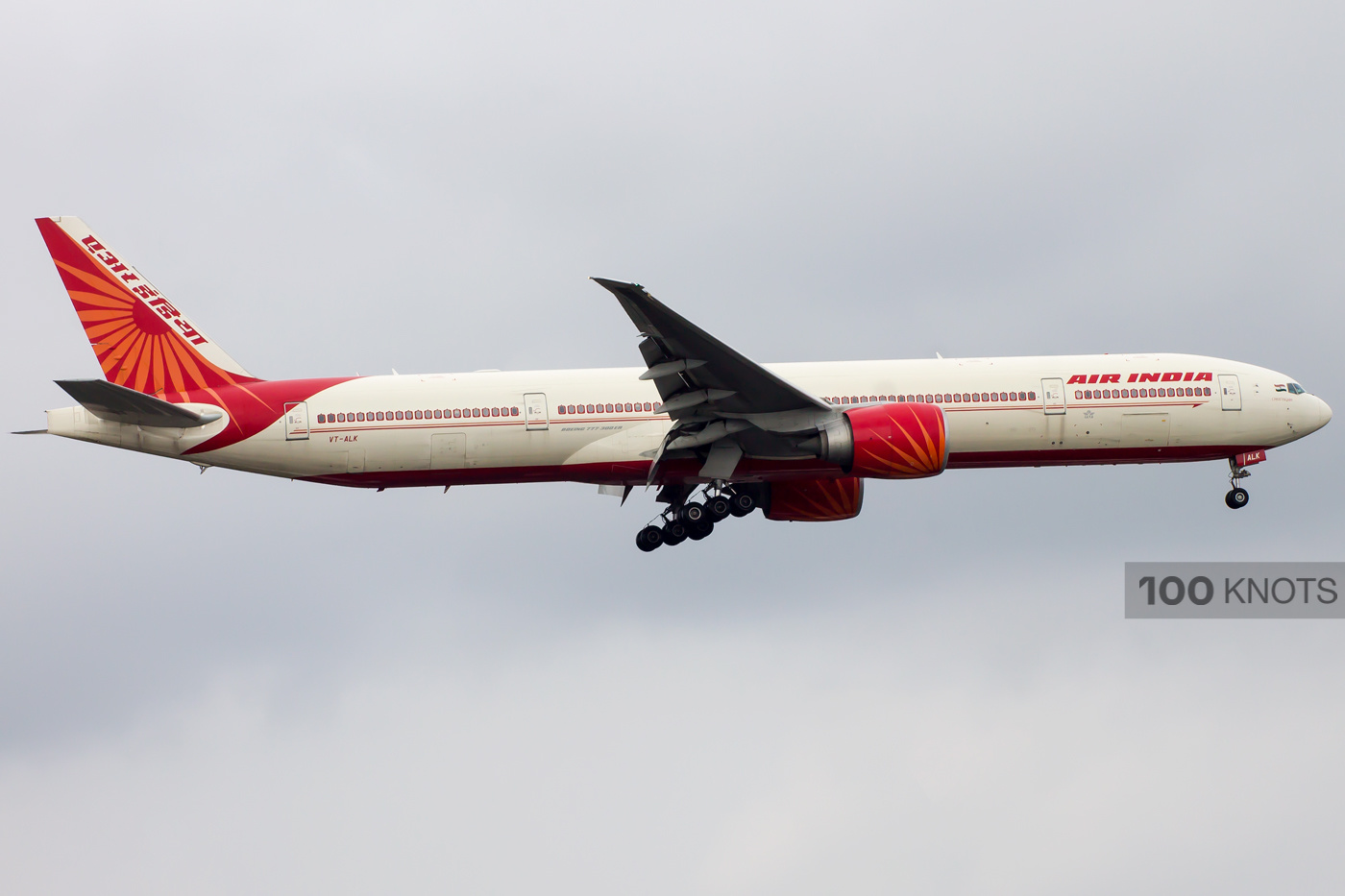
European planemaker Airbus is set to win an order for 235 single-aisle planes as part of a historic purchase of some 495 jets due to be announced by a resurgent Air India on January 27, industry sources told Reuters.
ALSO READ - Air India close to placing landmark orders for 500 jetliners
The deal, roughly split with rival Boeing, covers a total of 425 single-aisle jets including 235 Airbus A320neo-family planes as well as 190 Boeing 737 MAX airliners. The order is also expected to include up to 70 widebody long-haul aircraft including up to 40 Airbus A350s as well as some 20 Boeing 787s and 10 Boeing 777X, the sources said.
ALSO READ - Air India jumbo aircraft order to include B737 MAX and B787 Dreamliner
Airbus likely to get 235 single-aisle jet orders out of 500 from Air India
Airbus declined to comment. Air India and Boeing did not immediately respond to requests for comment. It was reported last month that Air India was close to placing orders for around 500 jets from both Airbus and Boeing after months of intense talks on the core plane order.
ALSO READ - Air India expected to order close to 500 aircraft: Aircraft lessor
Industry sources said finalising the deal depended on ongoing negotiations with engine makers, but two people familiar with the matter said talks were mostly complete. Such a deal would rank among the biggest by a single airline in volume terms, overshadowing a combined order for 460 Airbus and Boeing jets from American Airlines over a decade ago.
Next Friday's likely announcement comes a year to the day after the Tata Group conglomerate regained control of Air India, launching an ambitious shake-up and renewal of the flag carrier that entrepreneur J.R.D. Tata originally founded in 1932.
Air India is close to placing orders for around 500 jets from both Airbus and Boeing after months of intense talks on the core plane order.
Air India, with its maharajah mascot, was once known for its lavishly decorated planes and stellar service but its reputation declined in the mid-2000s as financial troubles mounted. Tata Group has said it plans to transform the previously state-run carrier into a "world-class airline" in five years. The deal consolidates Airbus' position in India as the leading supplier of narrow-body planes.
ALSO READ - What is the plan of Air India for the next 5 years?
IndiGo, the country's largest carrier, is the biggest customer for Airbus' A320neo family. It is also, however, a breakthrough for Boeing which has been lagging behind Airbus in the fast-growing market, where its customers include start-up Akasa Air and SpiceJet.
ALSO READ - Air India’s contract with Airbus & Boeing delayed over Engine-Cost Debate
(With Inputs from Reuters)
Read next
Australian airline Qantas will broaden its codeshare partnership with IndiGo to provide travellers with more connection options between Australia and India.
Direct flights between the two cricket-loving countries have occasionally been hard to come by despite the sizeable Indian diaspora in Australia. However, it now appears that Qantas has recovered its hunger for these flights. The largest airline in India, IndiGo, and Qantas announced on Friday, January 20, that they were increasing their codeshare agreements.
On Friday, January 20, Qantas and IndiGo announced that they were expanding their codeshare arrangements
In August of last year, Qantas travellers flying to Bengaluru and Delhi could seamlessly connect to other well-liked spots, including large cities like Mumbai and Chennai or iconic locations like Pune and Goa. Currently, Qantas offers four return flights a week from Sydney to Bengaluru and four roundtrip flights a week from Melbourne to Delhi.
Also read: Qantas announces direct flights between Sydney-Bengaluru, finalises codeshare with IndiGo
Eight more cities are now accessible to Qantas travellers under the second phase of the deal.
New Indian cities under the expanded codeshare include
Guwahati
Indore
Chandigarh
Mangalore
Jaipur
Nagpur
Thiruvananthapuram
Visakhapatnam
??The destinations that were already in place are:
Ahmedabad
Amritsar
Bengaluru
Delhi
Goa
Mumbai
Kochi
Kolkata
Hyderabad
Lucknow
Patna
Pune
This means that Qantas passengers can connect to 21 Indian cities from Bengaluru and Delhi.
More than 250 new flights are now available for Qantas passengers to book, and access to the domestic IndiGo network is now more flexible.
Qantas passengers can connect to 21 Indian cities from Bengaluru and Delhi
According to Qantas Chief Customer Officer Markus Svensson, passengers have shown the new routes to India to be highly popular. The codeshare agreement with IndiGo, Svensson continued, had enhanced the travel experience for Qantas customers between Australia and India, and the new destinations will provide them with even more choices.
“Our codeshare partnership with IndiGo has improved the way our customers travel between Australia and India, and the additional destinations give travellers even more options.”
“The new codeshare flights will allow our customers to enjoy more connections across India from our Delhi and Bengaluru gateways and have their luggage checked straight through to their final destination.”
–Markus Svensson, Chief Customers Officer, Qantas
It can often be difficult to change from an international to a domestic flight, but Qantas and IndiGo appear to have planned for that and made it simple. Customers of Qantas flying on IndiGo can bring the same amount of luggage as they did on their flight from Australia and enjoy complimentary food and beverages while on the flight.
On connecting IndiGo flights operated with a QF code, Qantas Frequent Flyers can accrue and use points. Additionally, IndiGo will take into account any applicable tier-based perks, such as priority check-in and priority baggage, that are provided to Qantas Silver, Gold, Platinum, and Platinum One frequent traveller.
IndiGo will consider any appropriate tier-based benefits offered to Qantas Silver, Gold, Platinum, and Platinum One frequent traveller, including priority baggage and check-in
The extension is a good move towards strengthening travel partnerships and connections between the two nations, according to Sandip Hor, head of the Australia India Travel and Tourism Council (AITTC).
“The additional destinations will give the Indian diaspora and the Australians planning a trip to India a more flexible choice to travel to different parts of the country.”
“Through a codeshare agreement with IndiGo, India’s largest domestic carrier, Qantas is trying to increase its presence in India. So I think with time, more destinations will be added to the existing list.”
–Sandip Hor, Head, AITTC
Tanvi Goel, a travel agent in Brisbane, told SBS Punjabi that the codeshare arrangement between the two airlines would be more practical and cost-effective for Qantas passengers but also believes that the facility comes with a few caveats.
"The codeshare arrangement between the two airlines would be more practical and cost-effective for Qantas passengers"- Tanvi Goel, Travel Agent, Brisbane
“Firstly, IndiGo is a domestic carrier, and it isn’t easy for them to provide the same standard of service as an international carrier like Qantas, so they will have to up their game. Secondly, flyers travelling to destinations with no immigration desks will have to get their immigration done in Delhi or Bengaluru before flying out to their ultimate destinations. Also, they will have to change to the domestic terminal from Delhi to board an IndiGo flight.”
–Tanvi Goel, Travel Agent, Brisbane
Overall, with the codeshare agreements, the expansion will improve the overall flying experience for travellers both in India & Australia.
Source: SBS Punjabi

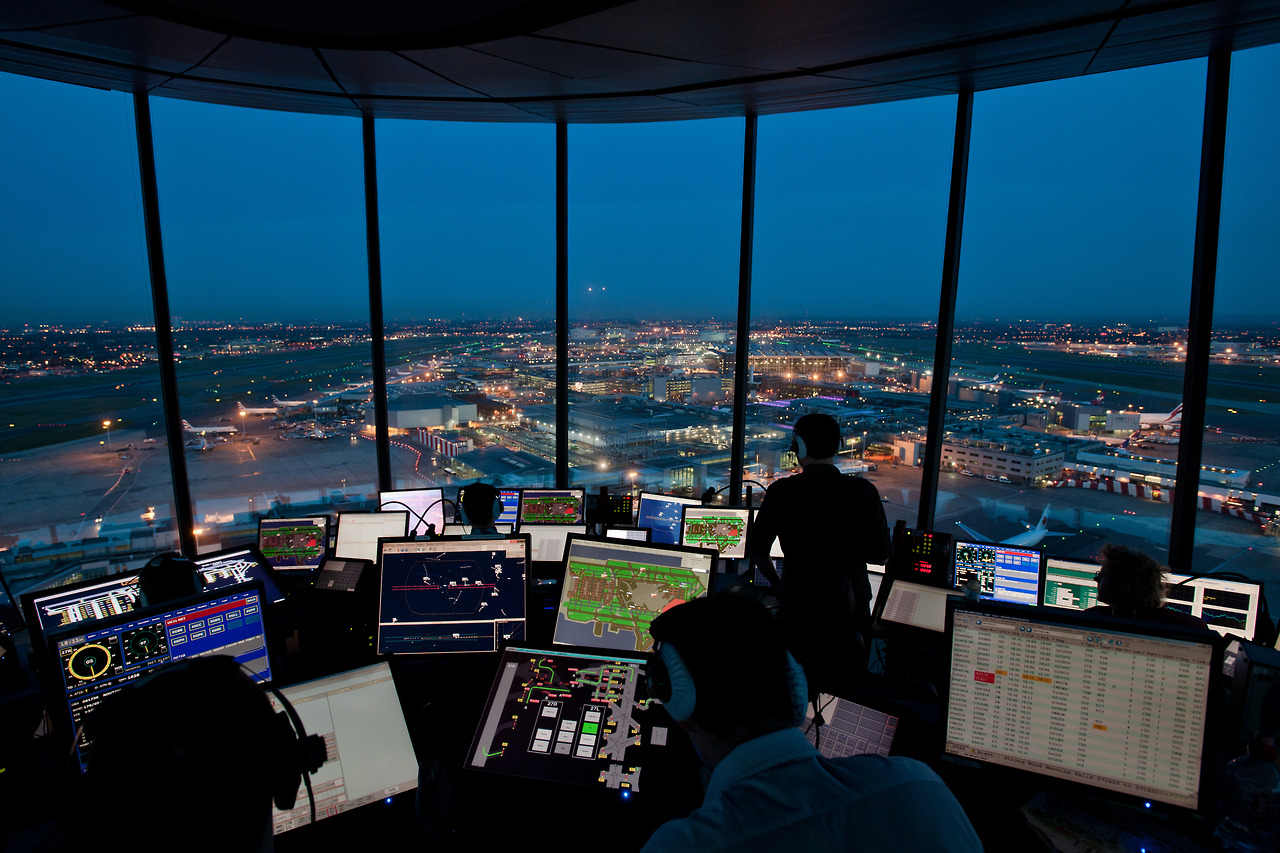

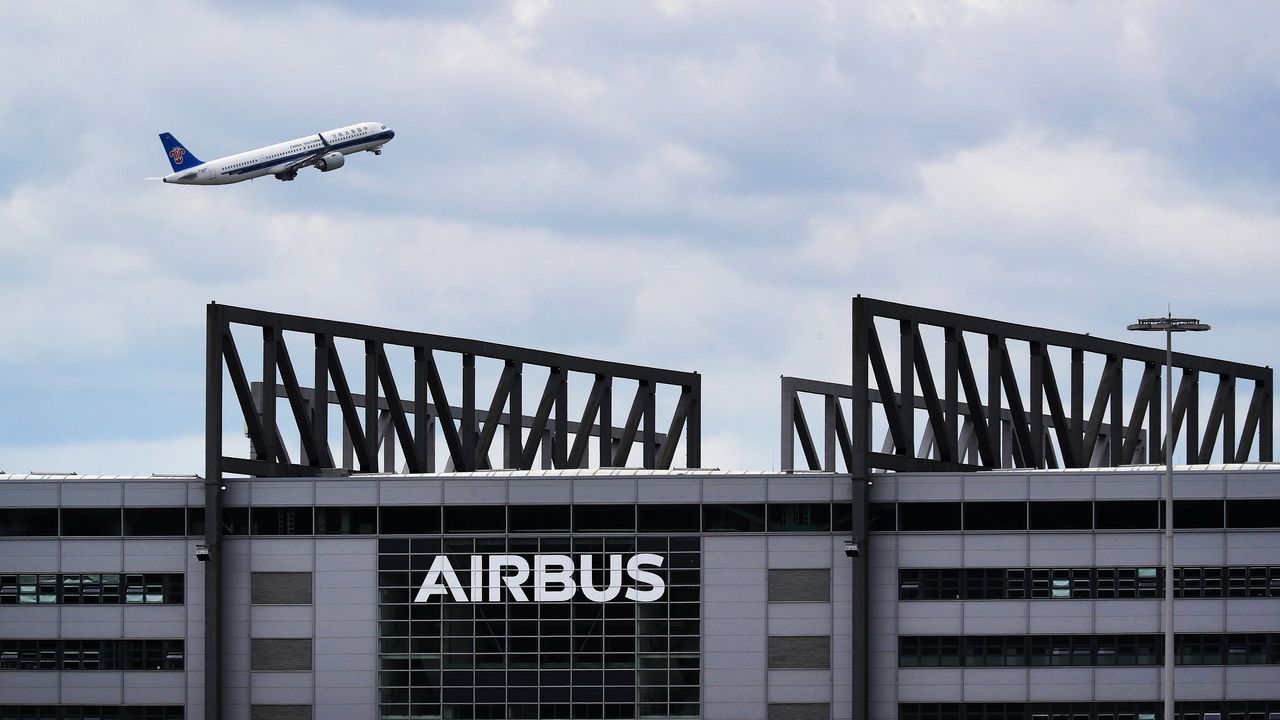

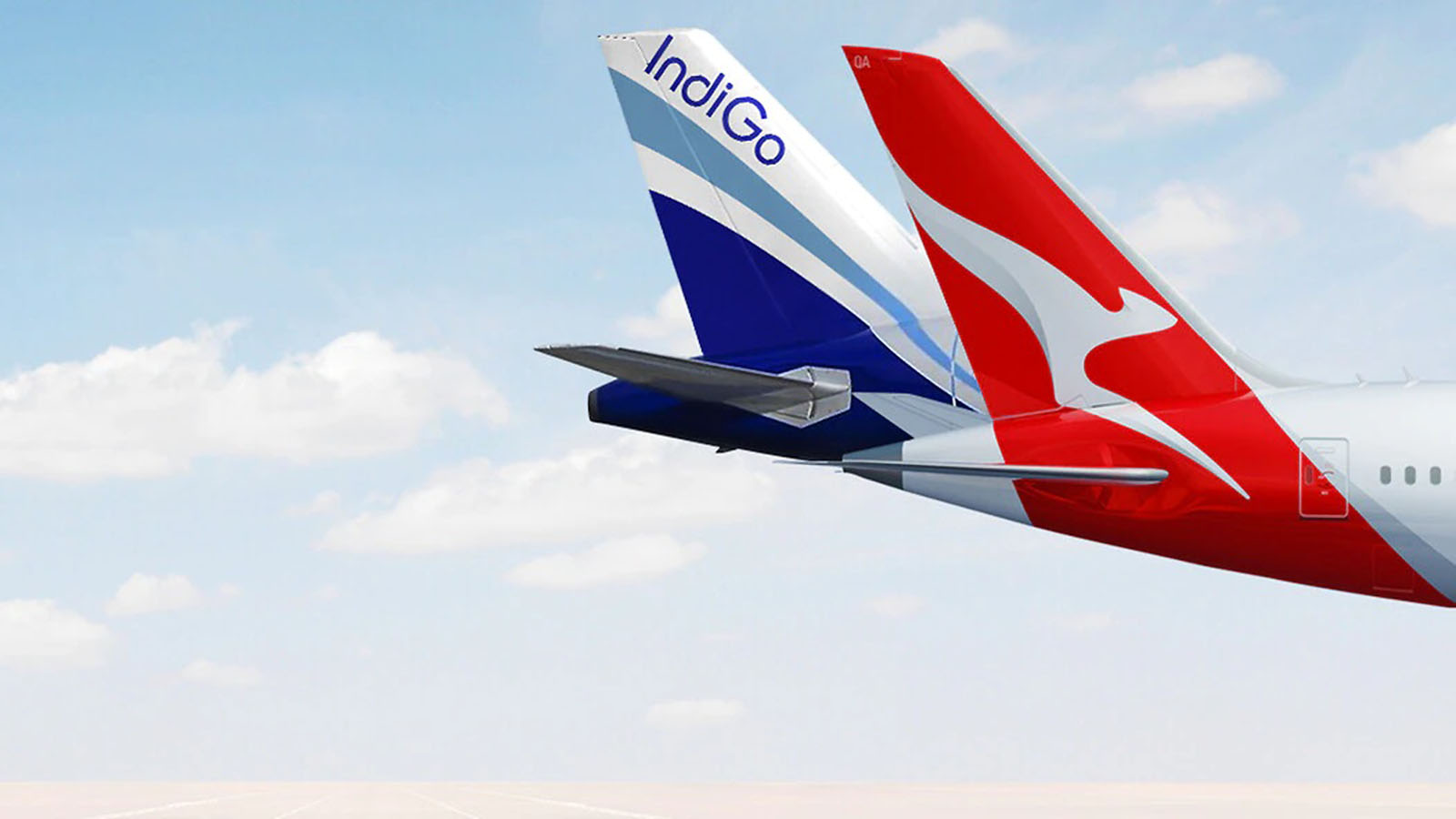
Comment